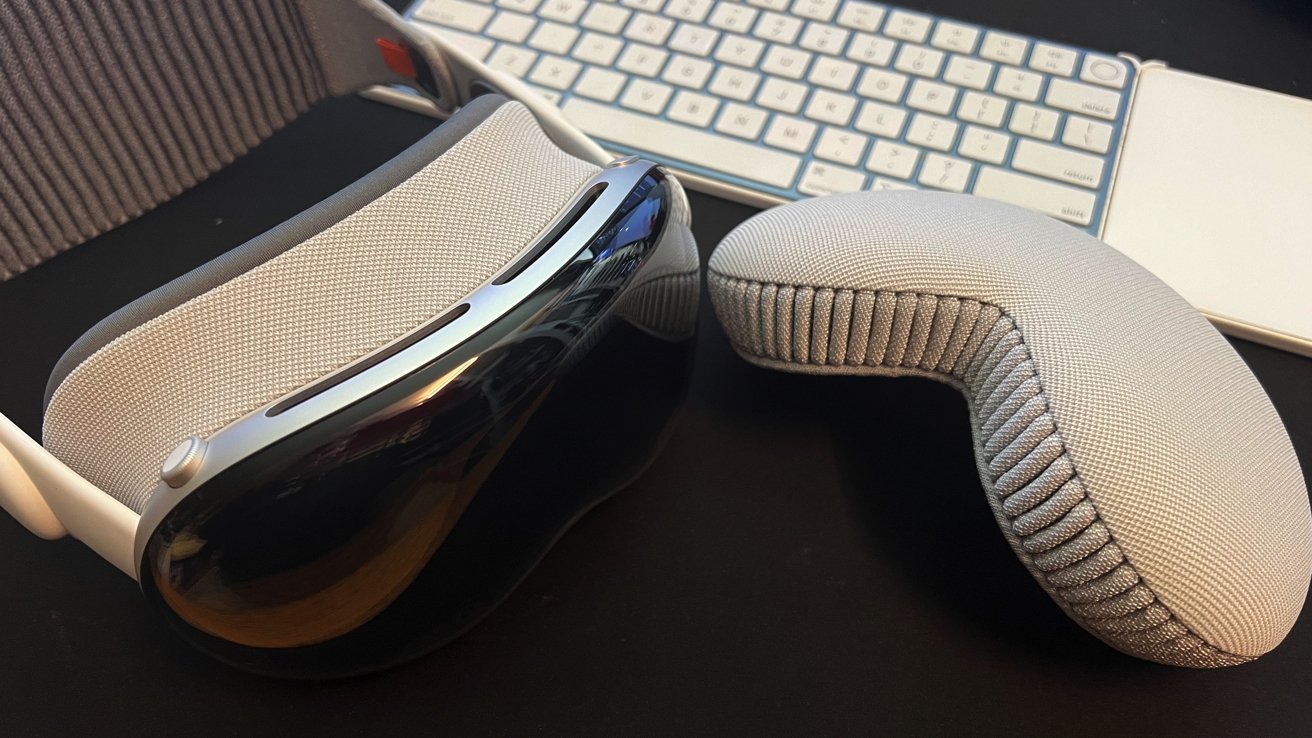mattinoz
About
- Username
- mattinoz
- Joined
- Visits
- 376
- Last Active
- Roles
- member
- Points
- 3,443
- Badges
- 1
- Posts
- 2,690
Reactions
-
On-device Apple Intelligence training seems to be based on controversial technology
I didn’t miss it but differential privacy is used extensively in the system and isn’t the thing that made CSAM controversial.Wesley Hilliard said:
idk if you missed it, but on-device and iCloud CSAM detection using these tools were deemed highly controversial.mattinoz said:Wait so every subsystem used to get CSAM working is controversial now?
even if it is used in a dozen other places in the system that aren’t considered controversial and adds nothing specific to the controversy?



-
On-device Apple Intelligence training seems to be based on controversial technology
-
Future Apple Vision Pro rumored to be directly connected to a Mac
Indeed Apples first laptops were the same price range. When they did get a laptop to $2.5k it didn’t sell well but was a very effective at getting customers in to convince to pay for the upper end models. MacBooks even hit that same mark today but stretched down to price people keep saying the Glasses need to hit.sloaah said:$799-999 could work. Mac Studio pricing does not.This sort of pricing is a pipe dream. There’s no way that Apple will abandon internal computing and make this just a monitor that you wear on your head.
The vision of “spatial computing” is fundamentally sound; inevitably we will be interacting with our computing devices in a spatial environment. It’s just a matter of when it comes to maturity… whether it’s in the next five years or in the next fifteen. Probably it’s the latter.
For that spatial computing paradigm, the cost of a laptop makes a lot of sense. I can imagine that Apple sees in the long run users owning iPhones, iPads and Visions - whilst the Mac becomes an increasingly niche product.
To me the vision family will eventually, like in a decade or two, spread down picking up more market as it goes. That will be a long journey.
-
iPadOS 19 rumored to get more Mac-like in productivity push
Finally….
I hope this is more than interface deep. And they free up the security model or find a nice sandbox way to make it seem freed up and allow non-signed code in say a signed runtime. So pro apps games and the like which have a platform independent scripting language can move to supporting the pad as a productivity machine.That would be the Mac killer the iPad Pro should be able to be for most users.

-
Future Apple Vision Pro rumored to be directly connected to a Mac
If it is aimed at flight sim and medical uses then the price is not going to drop drastically. Will be interesting to see how they get a higher bandwidth on a flexible connection given free movement is kind of device requirement. Also a long cable is kind of a key need as well. Sounds like it needs thunderbolt optical to finally be a real thing.AppleInsider said:While Apple may still be on the road to augmented reality glasses, a detour it is taking along the way is a future Apple Vision Pro that goes far beyond just mirroring a Mac's display.

Apple Vision Pro, with a Mac keyboard
Apple isn't abandoning the Apple Vision Pro concept, despite the repeated calls from naysayers to do so. In the lates Power On newsletter, author Mark Gurman details what he's been told Apple is working on, for one of Apple's follow-on units.
The report spits a very fine hair for what's going on with one of the units. A previous report said that Apple had stopped work on glasses that tethered to a Mac. Instead, it is working on a headset that directly connects to a Mac.
The Apple Vision Pro does this already -- sort of. The Developer Strap accessory allows developers to capture a direct video feed from the Vision Pro to a Mac via a USB-C connection, using Reality Composer Pro or QuickTime. This is just a 100 megabit network connection, though, and is relatively bandwidth-challenged for anything other than video stream.
Presumably, this future version would be more flexible than just mirroring a Mac display. It should providing a bidirectional path of data, and not requiring a $300 accessory that only developers can buy to do so.
A cabled versus wireless connection also cuts video latency way down. Cited in the report is viewing surgical imagery or flight simulation -- both needing as little latency as possible.
The concept is fairly sound, and is more or less what happens from most other vendors' headsets. A tether offloads the heavy processing power needed for the headset, keeping the weight off the user's head.
The Valve Index, for instance, relies on cable, beacons, and controllers for identifying the headset and user intent. Meta's devices have taken both approaches, depending on model.
A timetable for release isn't clear. Depending on who you listen to, it could be as soon as the next year, but 2027 seems more likely.
Also not clear is pricing. Apple still catches heat for a $3499 virtual reality and augmented reality headset.
Rumor Score: Likely
Read on AppleInsider
